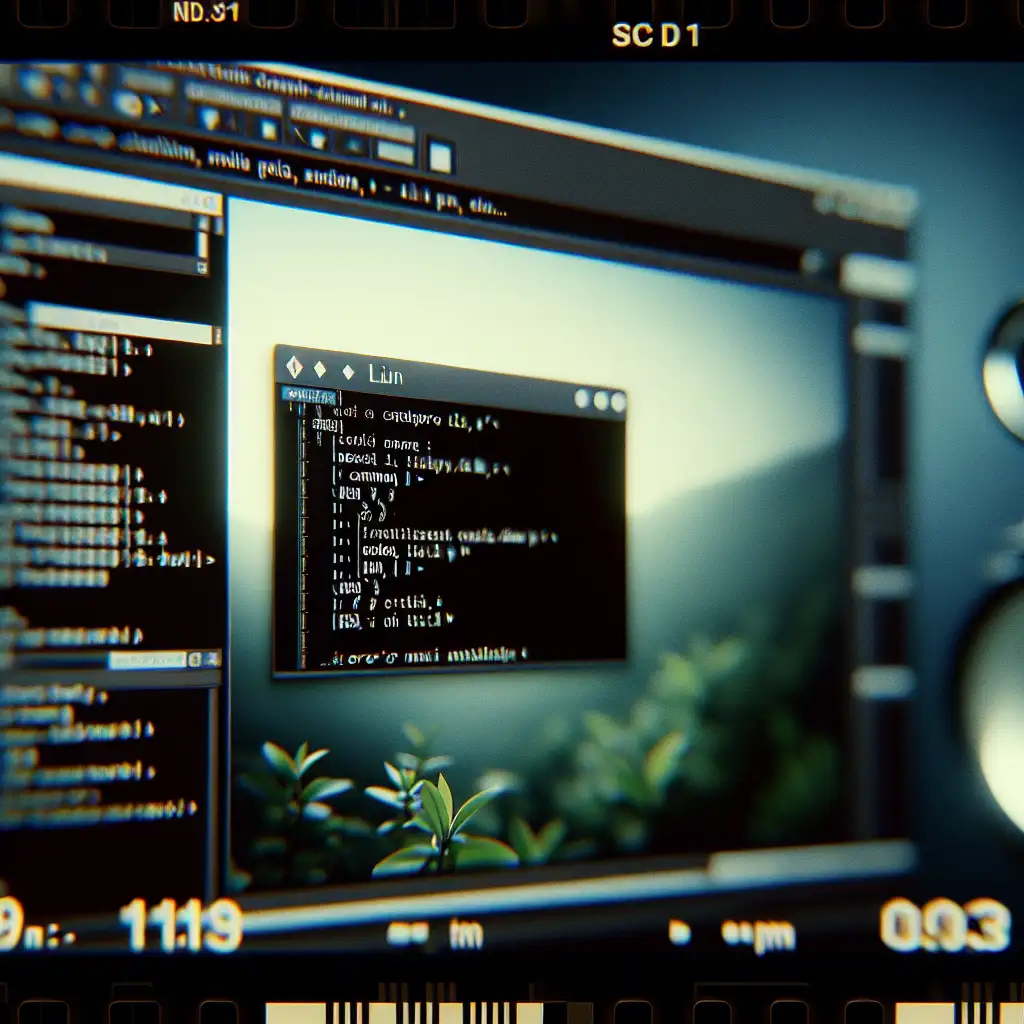Mastering VSCode Installation on Linux: A Step-by-Step Guide for Seamless Setup
Visual Studio Code (VSCode) has firmly established itself as a powerhouse code editor. Known for its versatility, speed, and an incredible ecosystem of extensions, it’s no surprise that developers across all platforms rely on it daily. However, when it comes to installing VSCode on Linux, the experience can vary quite a bit depending on your distribution — and a one-size-fits-all installer script rarely cuts it.
Forget generic instructions that gloss over package managers or dependencies. This guide breaks down how to install VSCode across the most popular Linux distros with clear, tailored steps — ensuring your setup is smooth, dependable, and optimized for your environment.
Why Care About Proper Installation?
A proper installation means fewer headaches down the line:
- Seamless updates via your distro’s package manager.
- Faster launch times with optimal configuration.
- Easy management of dependencies and extensions.
With the right approach, you can get VSCode up and running reliably — saving time to focus on what matters: writing great code.
Step 1: Choose Your Linux Flavor
Linux distros generally fall into two categories when it comes to package management:
- Debian-based (Ubuntu, Mint, Pop!_OS): Use
.debfiles andapt. - Red Hat-based (Fedora, CentOS, RHEL): Use
.rpmfiles anddnforyum. - Others (Arch Linux): Use
pacmanor AUR helpers.
This guide covers the first two groups plus Arch Linux as a bonus.
Step 2: Installing VSCode on Debian-Based Systems (apt)
Option A: Official Microsoft Repository (Recommended)
-
Add Microsoft’s GPG key
curl https://packages.microsoft.com/keys/microsoft.asc | gpg --dearmor > microsoft.gpg sudo install -o root -g root -m 644 microsoft.gpg /usr/share/keyrings/ rm microsoft.gpg -
Add the VSCode repository
echo "deb [arch=amd64 signed-by=/usr/share/keyrings/microsoft.gpg] https://packages.microsoft.com/repos/vscode stable main" | sudo tee /etc/apt/sources.list.d/vscode.list -
Update package cache
sudo apt update -
Install VSCode
sudo apt install code
Option B: Download & Install .deb Package Manually
Alternatively, you can grab the latest .deb package directly from the VSCode official site.
Run:
wget https://update.code.visualstudio.com/latest/linux-deb-x64/stable -O vscode.deb
sudo apt install ./vscode.deb
rm vscode.deb
Step 3: Installing VSCode on RPM-Based Distros (dnf/yum)
Add Microsoft Repository and Install
- Import GPG key
sudo rpm --import https://packages.microsoft.com/keys/microsoft.asc
- Add VSCode repo
Create /etc/yum.repos.d/vscode.repo with:
[code]
name=Visual Studio Code
baseurl=https://packages.microsoft.com/yumrepos/vscode
enabled=1
gpgcheck=1
gpgkey=https://packages.microsoft.com/keys/microsoft.asc
- Install using dnf or yum
sudo dnf check-update
sudo dnf install code # For Fedora 22+
# or for older systems:
# sudo yum check-update
# sudo yum install code
Step 4: Installing VSCode on Arch Linux
Arch users can benefit from community-maintained packages:
- Official repo includes
codefor some flavors; otherwise:
sudo pacman -Syu code # Check availability first
- Alternatively use an AUR helper like
yayforvisual-studio-code-bin:
yay -S visual-studio-code-bin
Step 5: Launching & Post-Installation Tips
Once installed:
code .
to open VSCode in your current directory.
Enable Snap/Pacman Integration?
If you prefer Snap packages (universal but often less performant):
sudo snap install --classic code
Note: Snap versions sometimes lag behind official repos and have confinement restrictions.
Troubleshooting Common Issues
- Dependencies not met? Run system update first (
sudo apt update && sudo apt upgrade). - Permissions denied? Make sure you run installs with
sudo. - GPG key errors? Re-import keys carefully; ensure network connectivity.
If issues persist, cleaning out cache caches helps:
sudo apt clean && sudo apt update
Wrapping Up
Installing Visual Studio Code correctly tailored to your Linux flavor ensures a smooth dev setup today and easy maintenance tomorrow. Following these steps will help you avoid common pitfalls while unlocking the editor’s full potential on your system.
No more wasted time fumbling over incompatible scripts or managing broken installs — just clean, performant code editing at your fingertips.
Happy coding! If this guide helped you out or if you want tips on configuring VSCode extensions next—drop a comment below!
